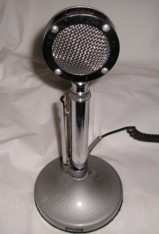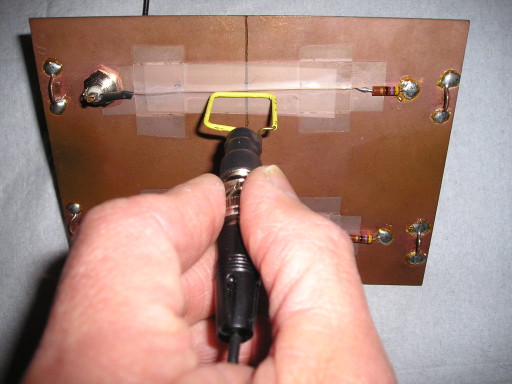
Figure 1. Coupling a Signal into a Circuit Path Using a Square Unshielded Wire Loop
(covered with heat shrink tubing)
Abstract: Shielded loops are
often used to minimize electric field (capacitive) coupling. A case is
shown where using a shielded loop to inject signals into a path on a circuit board
results in a significant resonance whereas using an unshielded wire
loop results in a relatively flat frequency response of the injected
signal. Unshielded wire loops are thus shown to be more useful than shielded loops in some
cases.
Discussion: Figure 1 shows a
square unshielded wire loop held up to a path crossing a break in the
ground plane of a test board that is used for many experiment on this
website. The injected signal was measured at the BNC connector on the
board (left side) for the
cases where the loop is positioned as shown and for a 180 degree
rotation of the loop and similarly for a square shielded loop (embedded
in plastic for strength) as shown in Figure 2. The construction of the
shielded loop is shown in the May 2008 Technical Tidbit, The Square Shielded Loop - Part 1.
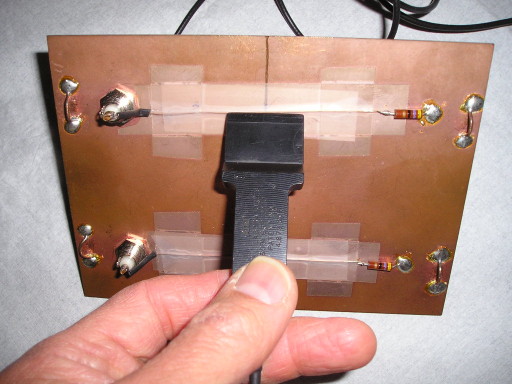
Figures 3 and 4 show the measured signal at the BNC connector on the board for the unshielded wire loop in the normal position (as in Figure 1) and for the 180 degree rotated position of the loop respectively. The data was taken using an Agilent N1996A spectrum analyzer as a two port insertion loss measurement. The square loop was connected to the tracking generator output and the BNC connector on the board was connected to the receiver input of the analyzer.
Capacitive coupling between the loop and the board will cause either a resonance effect (dip or peak in the response) or a directional effect when the loop is rotated 180 degrees because the phase of the inductive coupling changes by 180 degrees whereas the capacitive coupling remains the same. As can be seen in Figures 3 and 4, there is no resonant effect, the frequency response is nearly flat. The capacitive coupling itself is very low compared to the inductive coupling because the difference between Figures 3 and 4 is only a few dB and then only at the higher frequencies above 600 MHz. Contrast the responses in Figures 3 and 4 for the unshielded loop to the responses in Figures 5 and 6 for the shielded loop.
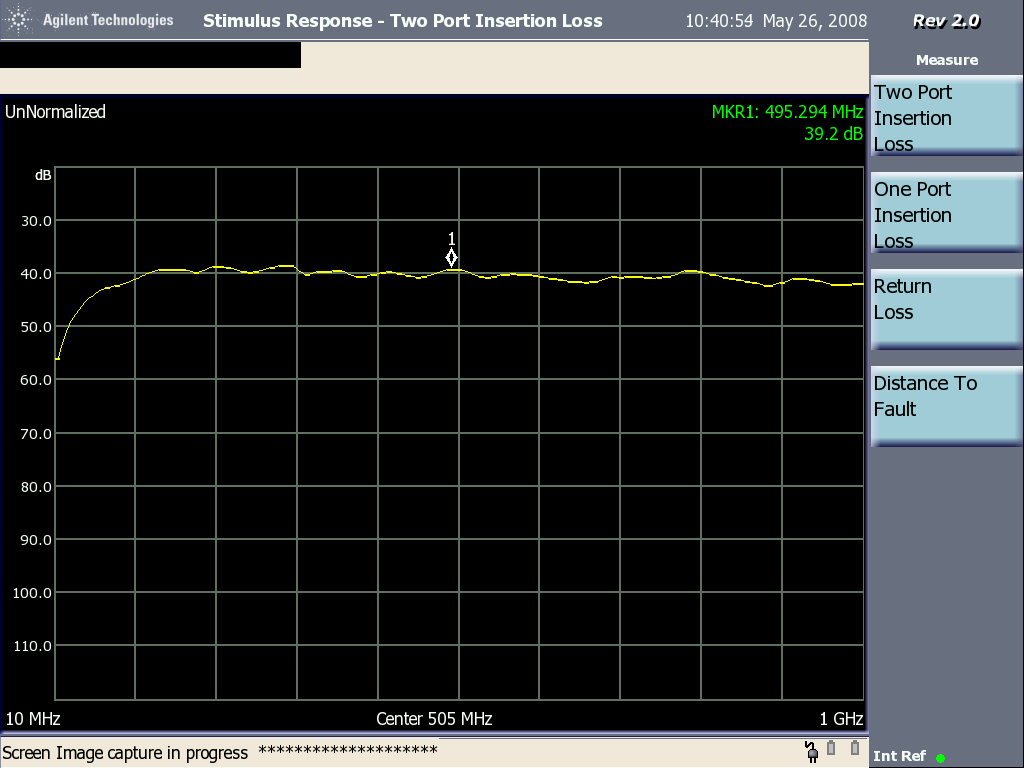
Figure 3. Injected Signal for Unshielded Loop
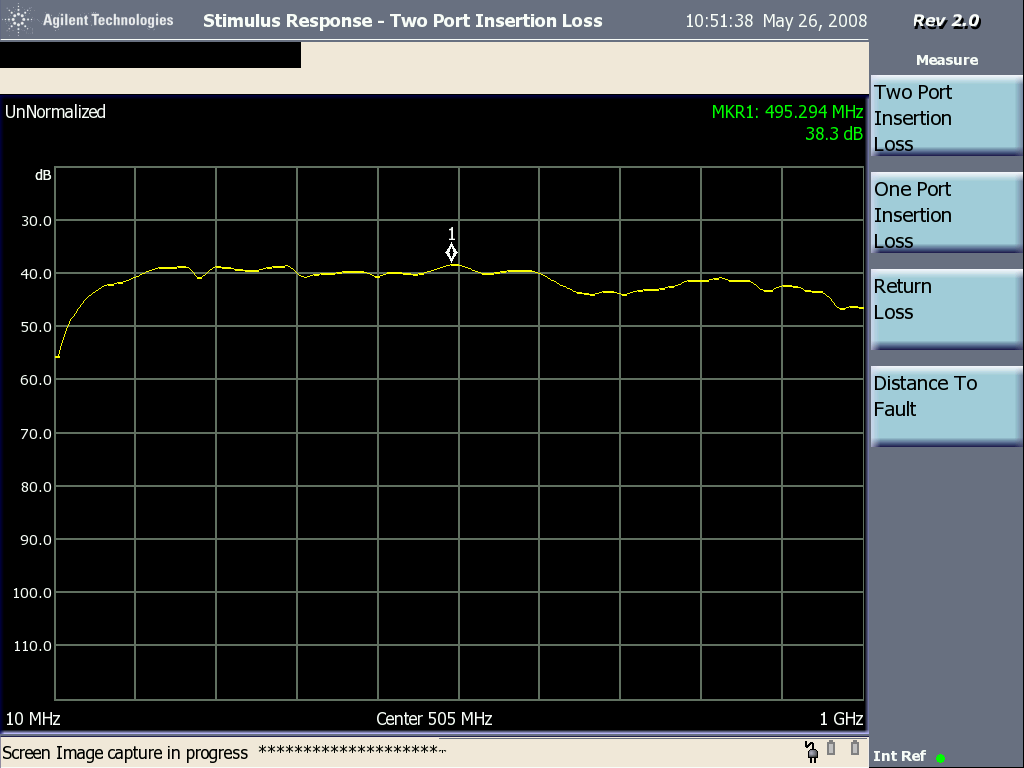
Figure 4. Injected Signal for Reversed Unshielded Loop
In both Figures 5 and 6, a resonant dip in the response is seen similar to that shown for coupling between shielded loops in the June 2008 Technical Tidbit, The Square Shielded Loop - Part 2, Parasitic Coupling. The reason for this resonance is described in that Technical Tidbit. In this case, the resonance is due to the sum of the inductance of the shields of the loop and the inductance around the split in the ground plane interacting with the capacitance between the shields and the ground plane of the board. As one would expect for a shielded loop, the plots in Figures 5 and 6 are not very sensitive to the normal and rotated positions of the loop.
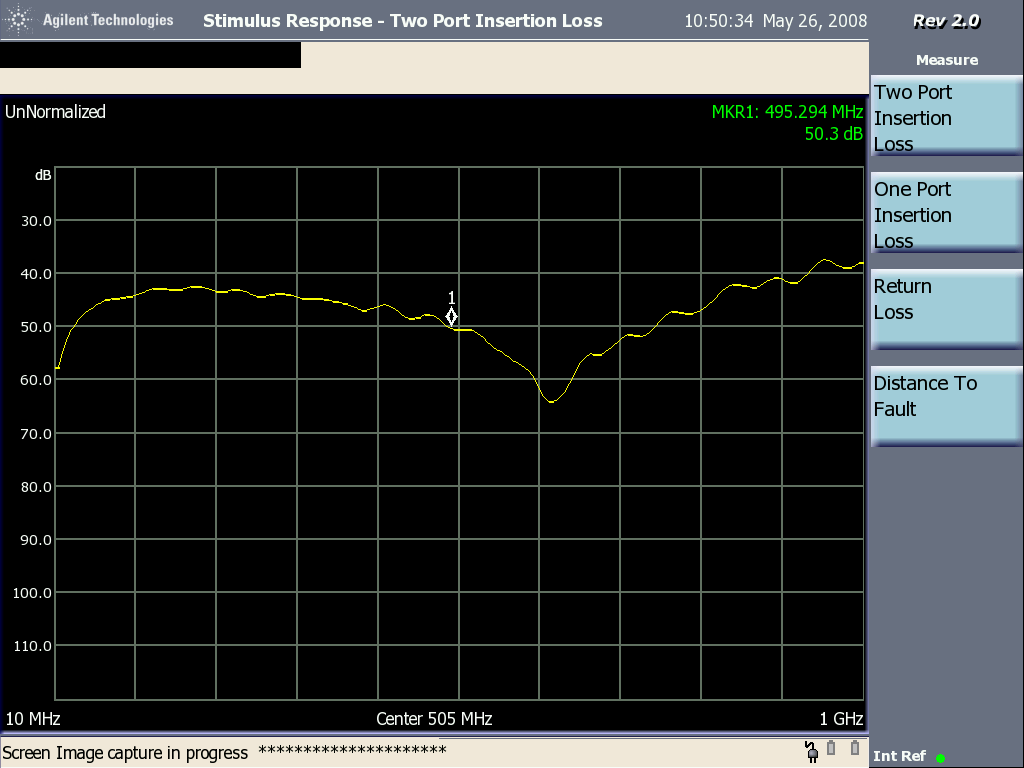
Figure 5. Injected Signal for Shielded Loop
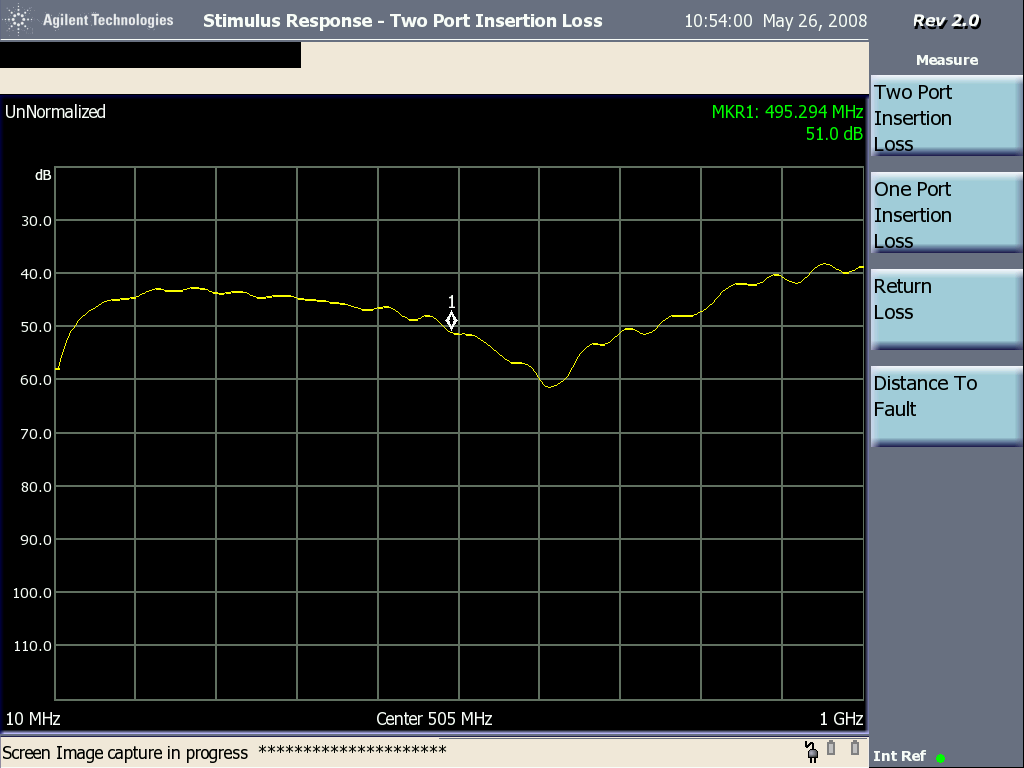
Figure 6. Injected Signal for Reversed Shielded Loop
One can conclude from the above plots that the unshielded loop works better for injecting signals into a path crossing a ground plane split than does the shielded loop. I suspect this result holds in general for injecting signals into circuit boards with ground and power planes.

Figure 2. Coupling a Signal into a Circuit Path Using a Square Shielded Loop
(embedded in a plastic housing for strength)
(embedded in a plastic housing for strength)
Figures 3 and 4 show the measured signal at the BNC connector on the board for the unshielded wire loop in the normal position (as in Figure 1) and for the 180 degree rotated position of the loop respectively. The data was taken using an Agilent N1996A spectrum analyzer as a two port insertion loss measurement. The square loop was connected to the tracking generator output and the BNC connector on the board was connected to the receiver input of the analyzer.
Capacitive coupling between the loop and the board will cause either a resonance effect (dip or peak in the response) or a directional effect when the loop is rotated 180 degrees because the phase of the inductive coupling changes by 180 degrees whereas the capacitive coupling remains the same. As can be seen in Figures 3 and 4, there is no resonant effect, the frequency response is nearly flat. The capacitive coupling itself is very low compared to the inductive coupling because the difference between Figures 3 and 4 is only a few dB and then only at the higher frequencies above 600 MHz. Contrast the responses in Figures 3 and 4 for the unshielded loop to the responses in Figures 5 and 6 for the shielded loop.

Figure 3. Injected Signal for Unshielded Loop

Figure 4. Injected Signal for Reversed Unshielded Loop
In both Figures 5 and 6, a resonant dip in the response is seen similar to that shown for coupling between shielded loops in the June 2008 Technical Tidbit, The Square Shielded Loop - Part 2, Parasitic Coupling. The reason for this resonance is described in that Technical Tidbit. In this case, the resonance is due to the sum of the inductance of the shields of the loop and the inductance around the split in the ground plane interacting with the capacitance between the shields and the ground plane of the board. As one would expect for a shielded loop, the plots in Figures 5 and 6 are not very sensitive to the normal and rotated positions of the loop.

Figure 5. Injected Signal for Shielded Loop

Figure 6. Injected Signal for Reversed Shielded Loop
One can conclude from the above plots that the unshielded loop works better for injecting signals into a path crossing a ground plane split than does the shielded loop. I suspect this result holds in general for injecting signals into circuit boards with ground and power planes.
Summary:Capacitive
coupling from an unshielded loop is not always a problem
that requires the use of shielded loops to solve. On the contrary,
sometimes unshielded loops work better than shielded loops. This series
of four
Technical Tidbits on square shielded loops has shown that unshielded
loops are useful for injecting signals in many cases and into circuit
boards specifically. Given the ease of constructing an unshielded loop
and its low cost, this is an important result. Another conclusion that
can be drawn is that shields are just thick wires with inductance
and capacitance and are not a "magic" solution to prevent unwanted
coupling in all cases.
Additional articles on this website related to this topic are:
- Signal and Noise Measurement Techniques Using Magnetic Field Probes (~600K)
- (1999 IEEE EMC Symposium paper)
- December 2000, An Easy to Build Shielded Magnetic Loop Probe
- June 2006, Measuring Structural Resonances
- October 2007, Using Noise Injection for Troubleshooting Circuits
- November 2007, Measuring Structural Resonances in the Time Domain - Part 1
- February 2008, Using Resonant Frequency Measurements to Extract Circuit Parameters
(Calculating the Capacitance of a BNC Barrel Adapter) - May 2008, The Square Shielded Loop - Part 1
(Construction Details) - June 2008, The Square Shielded Loop - Part 2, Parasitic Coupling
- July 2008, The Square Shielded Loop - Part 3, Parasitic Coupling Between Unshielded Wire Loops
Equipment used in this Technical Tidbit:
- The spectrum analyzer used is an Agilent N1996A.
Click here for a description of my latest seminar titled (now available online as a WebEx seminar):
EMC
Lab Techniques for Designers
(How to find EMC problems and have some confidence your system will pass EMC testing while it is still in your lab).
(How to find EMC problems and have some confidence your system will pass EMC testing while it is still in your lab).
Home

